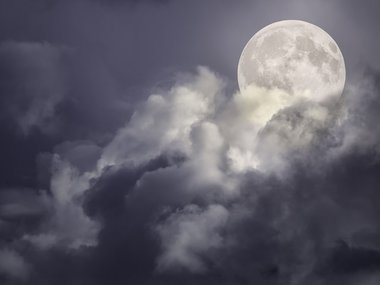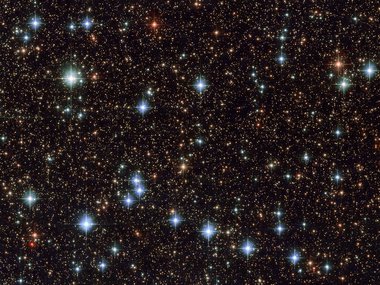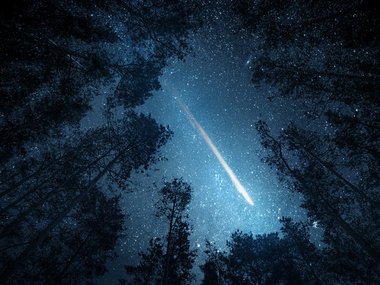Question Your World: Did Scientists Really Discover Young Asteroids?
The vastness of space is pretty epic. Since the dawn of humanity, we've looked up at the night sky in awe of what we saw. Much of what we know about astronomy has been through the discovery of really old, or even ancient, things, but every now and then we get to see some new and more recent cosmic elements. Let's dig into some new space science by asking today's question: Did scientists really discover young asteroids?
You know what’s old? The solar system. A little over 4.5 billion years ago our solar system formed, along with our lovely little home here, the Earth. A lot of astronomy involves looking out into the vastness of space at some pretty old stuff, but occasionally scientists do encounter some of the younger members of our solar system.
A recent discovery of some very young asteroids has been making headlines. These two asteroids were discovered by two different teams using two different telescopes. These dual discoveries raised a lot of questions about the two twin asteroids, and about how they’re relatively close to one another. So, how did they come to be?
A lot of questions in astronomy can be answered by hitting the preverbal rewind button. If you can take the motions of an object in space and rewind them backward, you can see where they came from, giving hints as to their origins. For these two asteroids, the science rewind takes them to be just around 300 years old. While that's older than the United States, it's not too old compared to many cosmic elements (that was billion with a b, remember?!).

Image credit: NASA
Okay, what possibly happened about 300 years ago? No one knows exactly, but there are a couple of guesses scientists are considering. Perhaps these two asteroids are the remnants of a collision with a larger parent asteroid somewhere. While not impossible, this does not seem to be likely because a potential parent asteroid does not seem to exist where their past travels would have taken place.
A more likely guess at the moment is that these two asteroids were once a single asteroid that broke apart from our sun’s heat! Sometimes smaller asteroids can be impacted by the physical processes that take place in the relationship between these small rocks and the sun. Sunlight will heat up the asteroid and, in turn, some of that heat will radiate off its surface. Over long periods of time, the outbound radiation from the sun’s heat acts kind of like a little propellant, a tiny rocket thruster that slowly, over years, changes the rotation and movements of asteroids. Sometimes this force causes an asteroid to rotate faster. If it spins fast enough, it can literally rip itself apart, perhaps into two smaller asteroids like the ones we are talking about here.
These young asteroids are just two of the 1.2 million asteroids known to science. More studies and research are still under way, but this is a great reminder of our dynamic and ever-changing solar system. For now, even fans of the old and ancient cosmos are pretty excited to know about this recent discovery of an astronomical object only three centuries young.
If you need further proof of their age, scientists also know both asteroids love listening to BTS, are TikTok users and have been very vocal about not trusting anyone over 340 years old!


